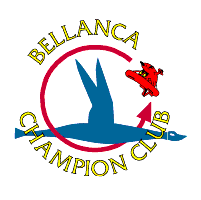I have some background here. My Cruisair has Debs STC, S/N 011. I think only a couple more were sold after mine. Originally, I used the Heat Exchangers oil cooler that came with the 150. The oil ran very hot. I called Franklin - yes they were still in business in Syracuse. I still have the letter I got back from them. They doubted that the old cooler was adequate and said to use nothing less than 50 SAE oil. They also mentioned that the high limit for oil temperature was 235F, out of the oil cooler. At this time, my Dad had a 220 Franklin Maule, which I got to fly on occasion. The Maule didn't seem to have the same temp problems as my Bellanca. So, I replaced the whole air induction system between the carb and the nose bowl to replicate what the Maule had - paying close attention to sealing air leaks. I also replaced the brass cooler with an aluminum Harrison the same size as on the Maule. I got a field approval for the mod. This helped quite a bit on the temperature. Also, you must realize that the last digit on those old 3 in 1 gauges' oil temp is 100C, which is far below the oil limit. The indicating needle will go far beyond that 100C marking. I can see the needle pointing to the 5psi mark on the fuel pressure gauge on a very hot day. I equate this to 110-112C - about as hot as I can take. We haven't addressed cylinder temperatures, yet. In the next day or so, I'll mention what I did to maintain the 'cool.'
